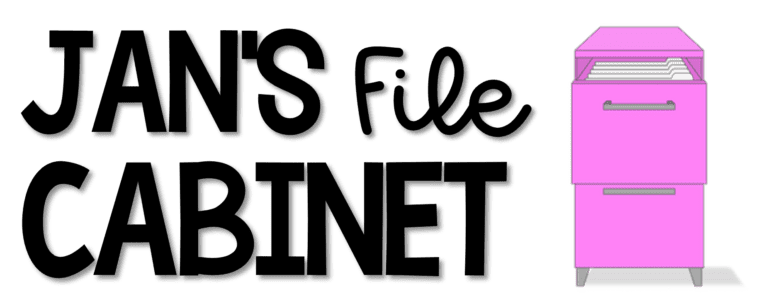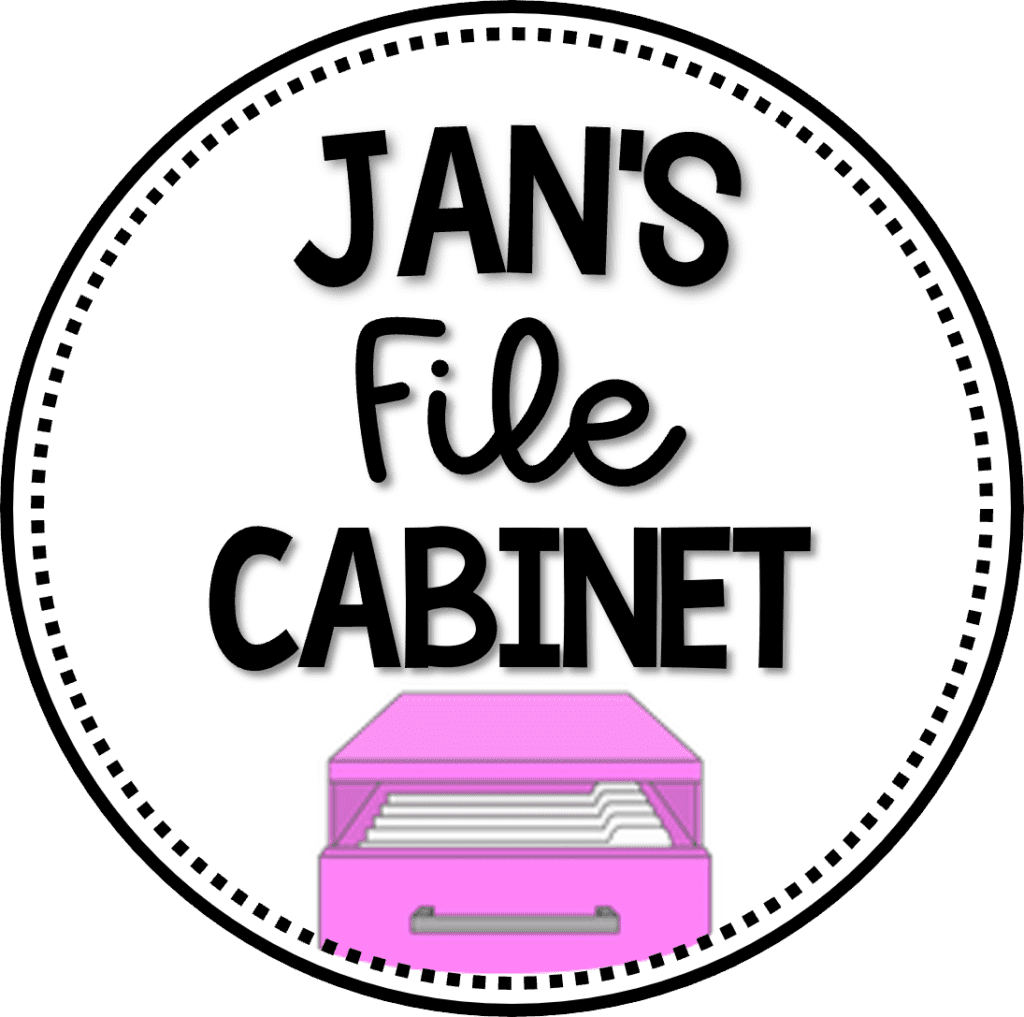Reap the benefits of journal writing with one free month of prompts for grades 4-6 in digital and printable formats. Motivate students to write and build their confidence!
Although structured writing assignments are important for developing writing skills, they may not always allow students to use their creativity and imagination.
This is why it’s important to offer intermediate-level learners opportunities to write with less structure, allowing them to explore their unique perspectives and ideas. When students are encouraged to express themselves in their writing, they can develop greater confidence and a love for writing.
So how can we give our students ample opportunities to write with self-expression throughout the year? We can do this with journal writing.
Table of Contents
ToggleWhat are the benefits of journal writing?
It’s no secret that for students to improve their writing, they must write regularly.
Journaling provides a small-scale way for students to practice independent writing and focus on various aspects of the standards without becoming overwhelmed.
While journal writing has many benefits, four major ones stand out:
- It encourages creativity, imagination, and self-expression.
- It improves writing fluency and builds stamina.
- It provides practice for smaller skills within writing standards.
- It allows for quick conferencing and feedback.
Now, let’s examine each benefit in greater detail.

1. It encourages creativity, imagination, and self-expression.
One of the benefits of journaling is that it allows students to practice their writing skills in an engaging and open-ended way. The beauty of this is that the prompts can be tailored to suit the interests and needs of students.
To make it even more enjoyable, we can incorporate prompts that encourage students to think outside the box.
Here are a few examples of thought-provoking journal prompts:
- What makes you laugh? Describe a time when you laughed so hard you couldn’t stop.
- Would you rather have ninja-like skills or be able to fly? Give reasons for your choice.
- Imagine there is a secret passageway in your school. What is at the end of this passageway?
- What was the best thing that happened to you this week? Why was this the best thing that happened?
- Which three words describe your life right now? Why did you choose these three words?
With open-ended prompts, students are given the freedom to explore their thoughts and express themselves creatively. This can help them develop their unique writing voice and build confidence in their abilities.
2. It improves writing fluency and builds stamina.
Another benefit of journal writing is that it improves writing fluency. If students write fluently, they write with ease, coherence, and speed. Developing writing fluency is crucial because it enables writers to produce clear and organized writing pieces in less time.
Students can practice their writing skills through daily journaling and gradually improve their fluency. With consistent practice, students can enhance their sentence fluency, grammar, mechanics, and ability to provide details and expand their ideas.
Moreover, it can build students’ writing stamina, allowing them to write for longer periods of time without experiencing fatigue.
When students first begin journaling, they may find it challenging to write for long periods of time. However, as they become more fluent, students should be encouraged to extend the time and tackle more challenging writing prompts.

3. It provides practice for smaller skills within writing standards.
Journaling also provides opportunities to practice and hone smaller skills that are part of larger writing standards.
As we all know, each standard encompasses many other skills that must be mastered to meet that standard. Let’s look at a 5th-grade Common Core State Standard.
W.5.3 Write narratives to develop real or imagined experiences or events using effective techniques, descriptive style, and clear event sequences.
- Orient the reader by establishing a situation and introducing a narrator and/or characters; organize an event sequence that unfolds naturally.
- Use narrative techniques, such as dialogue, description, and pacing, to develop experiences and events or show the responses of characters to situations.
- Use a variety of transitional words, phrases, and clauses to manage the sequence of events.
- Use concrete words and phrases and sensory details to convey experiences and events precisely.
- Provide a conclusion that follows from the narrated experiences or events.
Beneath the standard, a closer look reveals five smaller skills students need to be able to do to meet that standard. Each of those additional bullet points is an individual lesson in itself. These smaller skills can all be addressed through journal writing!
4. It allows for quick conferencing and feedback.
Journaling offers another benefit: the opportunity to conduct quick one-on-one conferences with students, focusing on one or two specific writing skills for feedback. This can be done during writing time so you don’t have to use your personal time.
When conferencing, I have a casual one-on-one conversation with a student away from the rest of the class. It’s a natural conversation about what they’re writing, how they’ve written it, and how they feel about it. I keep conferences short (2-3 minutes each) and try to see each student once per week. Later in the school year, I might see them once every two weeks.
You can provide feedback on virtually any skill. For instance, if the prompt is to write an opinion about using cell phones in school, the teacher can quickly scan the piece to identify if the student has a clear opinion statement. Feedback would then be provided on the clarity of the opinion statement.
Conferencing with students on a regular basis provides timely and specific feedback that can help students make steady progress in their writing. Additionally, it provides valuable data for teachers to plan future lessons and tailor their teaching to meet individual student needs.

How do I get my students started with journal writing?
So now you’re thinking about the benefits of journal writing, and you might be wondering how to put this all together.
Well, it’s your lucky day because I am offering you one FREE month of journal prompts! Both digital and printable versions are included in the download from my Teachers Pay Teachers store.
This no-prep resource can be used as a bell ringer, an option for early finishers, or a fun way to wrap up class each day. These prompts can also be used as inspiration for longer writing pieces.
The prompts can be assigned individually via Google Classroom or Google Drive. Color or black-and-white copies can also be printed if needed. Finally, the prompts can be projected onto a wall or computer screen for students to view and respond to.
If you want a year-long bundle, check out 180 Daily Journal Prompts: Big Bundle (months 1-9) for grades 4-6.
If you would prefer to break it up into smaller bundles, I also have 100 Daily Journal Prompts: Mini Bundle 1 (months 1-5) and 80 Daily Journal Prompts: Mini Bundle 2 (months 6-9). Both bundles are for grades 4-6.
Writing is something students are going to do throughout their lives. Journal writing can be an excellent springboard for motivation and building confidence. So take advantage of the benefits of journaling and get started today!
When you’re ready to challenge your students with paragraph writing and citing text evidence, read How to Teach Writing with a Structured Format and learn about the RACES and TIQAC writing formats.
If you don’t want to miss my upcoming blog posts, join my email list. By signing up, you’ll also receive exclusive freebies!



